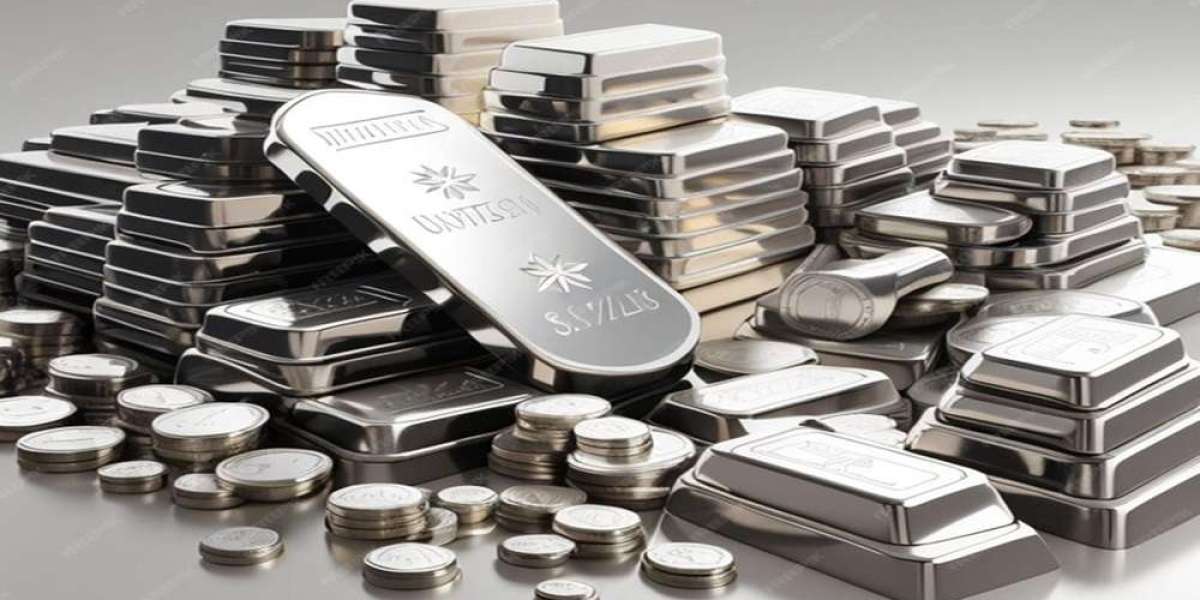Metal commodity prices are renowned for their volatility, often experiencing significant fluctuations driven by a multitude of factors. These factors include supply and demand dynamics, economic indicators, geopolitical tensions, environmental regulations, speculative activities, currency exchange rates, and technological advancements. Delving deeper into each of these aspects provides a comprehensive understanding of what drives the fluctuations in metal commodity prices globally.
Introduction to Metal Commodity Prices
Metal commodities such as copper, gold, silver, aluminum, and others serve as crucial raw materials in various industries worldwide. Their prices are subject to constant change, influenced by both macroeconomic trends and microeconomic factors. Understanding the dynamics of metal commodity prices is essential for investors, businesses, and policymakers to anticipate market movements and make informed decisions.
Metal commodity markets are characterized by their sensitivity to changes in supply and demand, geopolitical developments, and economic indicators. Prices can fluctuate dramatically within short periods, impacting industries reliant on these commodities for production. Investors often monitor metal prices as indicators of broader economic trends, making them an essential component of financial markets.
Factors Influencing Metal Commodity Prices
Economic Indicators
Economic indicators play a pivotal role in shaping metal commodity prices. Key metrics such as GDP growth, employment rates, and consumer spending directly impact the demand for metals. For instance, during periods of economic expansion, there is heightened demand for metals in construction, manufacturing, and infrastructure projects, leading to price increases. Conversely, economic downturns may result in reduced demand, causing prices to fall.
Economic conditions not only influence current demand but also shape future expectations. Forecasts of economic growth or contraction can impact investor sentiment and drive speculative activity in metal markets. Moreover, central bank policies, interest rates, and inflation rates can influence currency values, affecting the competitiveness of metal exports and imports.
Supply and Demand Dynamics
Supply and demand dynamics are fundamental drivers of metal commodities prices. Supply disruptions, whether due to natural disasters, labor strikes, or geopolitical conflicts, can lead to shortages and subsequent price spikes. Conversely, oversupply in the market can exert downward pressure on prices as producers compete for market share. Understanding the balance between supply and demand is crucial for predicting price movements accurately.
Supply factors such as mine production, recycling rates, and inventory levels can impact metal prices significantly. Demand, on the other hand, is influenced by industrial activity, infrastructure development, and consumer behavior. Changes in technology, such as the adoption of electric vehicles or renewable energy, can also affect demand for specific metals, leading to shifts in market dynamics.
Geopolitical Factors
Geopolitical tensions and instability in metal-producing regions can significantly impact commodity prices. Events such as trade disputes, sanctions, or political unrest can disrupt supply chains and create uncertainty in the market. Investors often react to geopolitical developments by adjusting their portfolios, leading to heightened price volatility. Monitoring geopolitical risks is therefore essential for assessing the outlook for metal commodity prices.
Geopolitical factors can introduce unforeseen risks into metal markets, affecting both supply and demand. For example, sanctions on key metal-producing countries can disrupt exports, leading to supply shortages. Similarly, political instability can create uncertainty among investors, causing them to seek safe-haven assets such as gold. Geopolitical developments can also influence currency values, affecting the competitiveness of metal exports and imports.
Environmental Regulations
Environmental regulations play an increasingly significant role in shaping metal commodity prices. Governments around the world are implementing stricter regulations to mitigate environmental impacts and promote sustainability. These regulations may include emissions standards, restrictions on mining activities, or incentives for renewable energy adoption. Compliance with environmental regulations can increase production costs for metal producers, impacting supply and prices accordingly.
Environmental concerns have become a significant consideration for metal producers and consumers alike. Regulations aimed at reducing carbon emissions and promoting clean energy technologies can affect the demand for specific metals. For example, the shift towards electric vehicles has increased demand for metals like lithium, cobalt, and nickel, used in batteries. Similarly, the transition to renewable energy sources has driven demand for metals such as copper and silver, used in solar panels and wind turbines.
Speculative Activities
Speculative trading by investors and financial institutions can amplify price fluctuations in metal markets. Speculators may engage in buying or selling futures contracts based on anticipated price movements, regardless of underlying supply and demand fundamentals. While speculation can provide liquidity to the market, excessive speculation can lead to price distortions and increased volatility. Regulators often monitor speculative activities to ensure market stability.
Speculative activity in metal markets can introduce short-term volatility and price distortions, making it challenging for market participants to accurately assess supply and demand fundamentals. Traders may react to news events, market rumors, or technical indicators, exacerbating price movements. However, speculation can also provide liquidity and facilitate price discovery in the market, allowing participants to hedge their risks and manage their exposure to metal prices.
Currency Exchange Rates
Currency exchange rates play a critical role in determining the competitiveness of metal exports and imports. Fluctuations in exchange rates can affect the cost of production, transportation, and storage for metal producers and consumers. A weaker domestic currency relative to other currencies can make exports more competitive, boosting demand and prices. Conversely, a stronger currency may make exports more expensive, leading to lower prices in international markets.
Currency exchange rates can influence metal prices through their impact on trade flows and production costs. For example, a depreciation in the domestic currency can make exports cheaper for foreign buyers, increasing demand for domestically produced metals. Conversely, an appreciation in the domestic currency can make imports cheaper, putting downward pressure on domestic prices. Moreover, currency fluctuations can affect the profitability of metal producers operating in multiple currencies, as their revenues and costs may be denominated in different currencies.
Technological Advancements
Technological advancements and innovation can influence metal commodity prices by changing demand patterns. For example, the rise of electric vehicles has increased demand for metals such as lithium, cobalt, and nickel, used in batteries. Similarly, advancements in renewable energy technologies have spurred demand for metals such as copper and silver, used in solar panels and wind turbines. Keeping abreast of technological developments is essential for anticipating shifts in demand and prices.
Technological advancements can create new opportunities for metal producers and consumers alike. For example, the development of more efficient extraction techniques can increase the supply of certain metals, putting downward pressure on prices. Similarly, innovations in recycling technologies can reduce the demand for virgin metals, affecting both supply and prices. Moreover, advancements in material science can lead to the substitution of metals with alternative materials, impacting demand in the long term.
Conclusion
In conclusion, the fluctuations in metal commodity prices globally are driven by a combination of factors, including economic indicators, supply and demand dynamics, geopolitical tensions, environmental regulations, speculative activities, currency exchange rates, and technological advancements. Understanding these drivers and their interplay is crucial for stakeholders to navigate the complexities of metal markets effectively and capitalize on investment opportunities.
To Get Real-Time Price of Metal commodities Visit: https://pricevision.ai
Source: https://bresdel.com/blogs/496454/What-Drives-the-Fluctuations-in-Metal-Commodity-Prices-Globally







